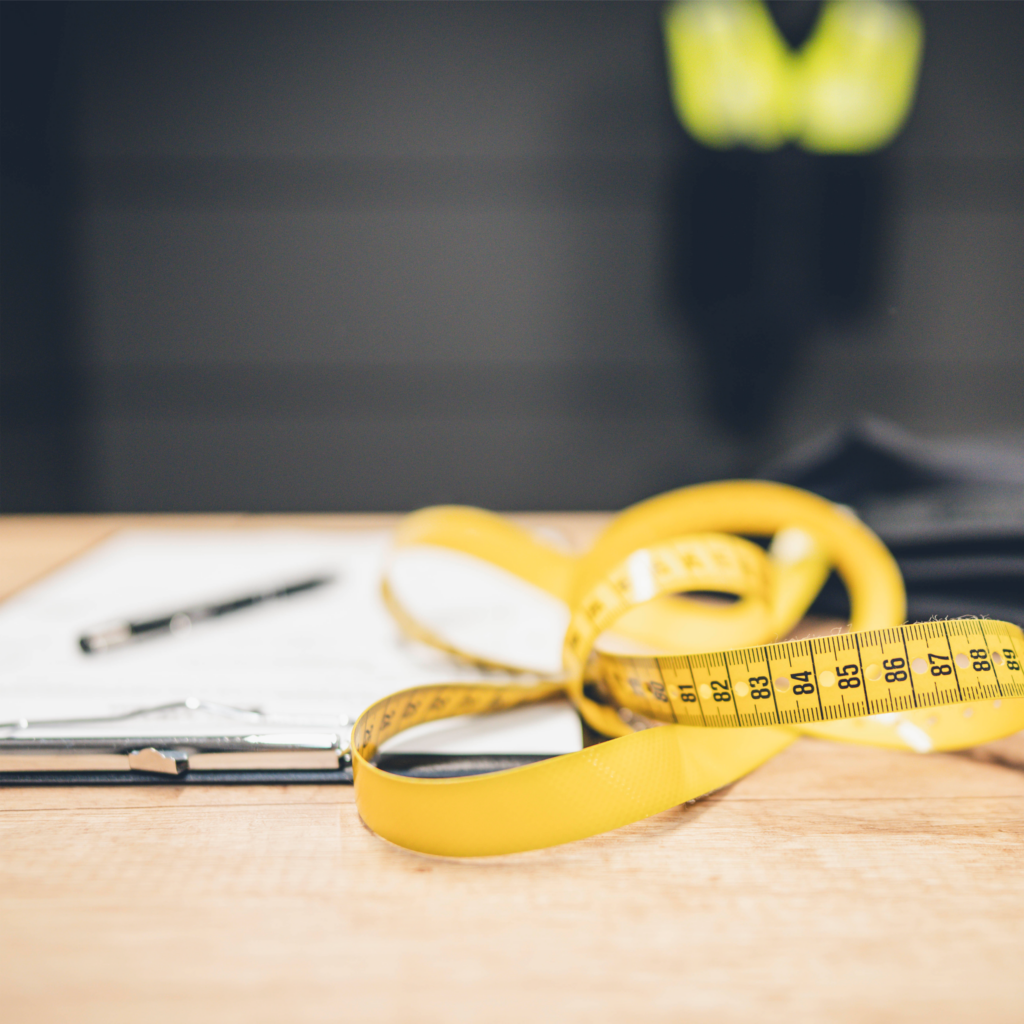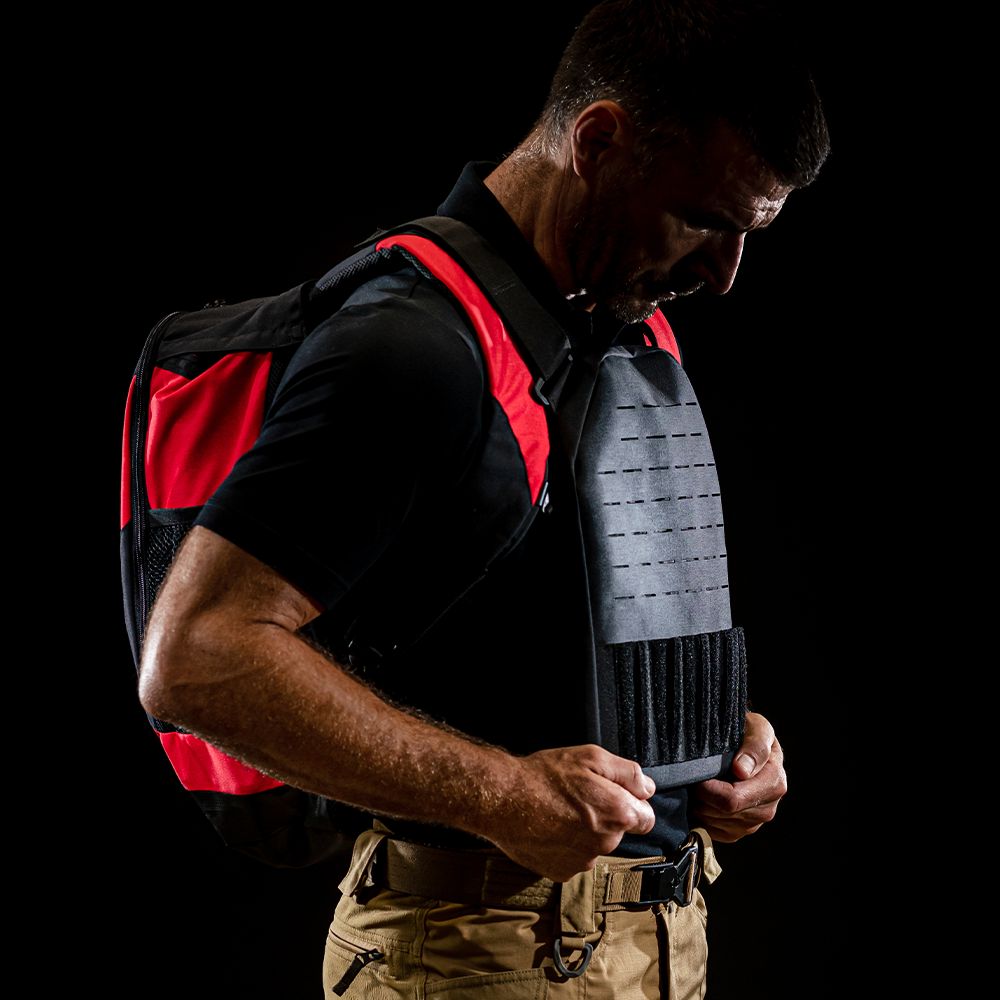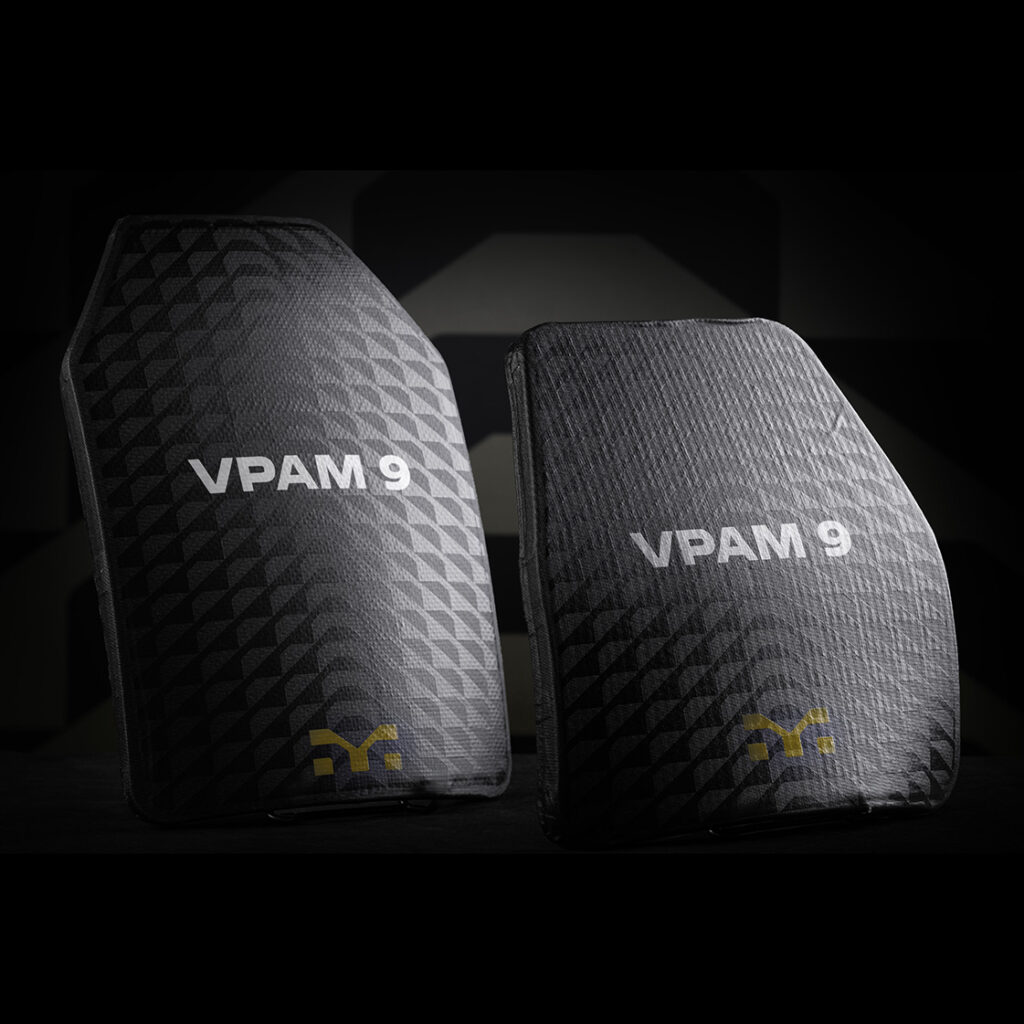
How body armour has evolved: From aramid to advanced ceramic plates
Over recent decades, rapid strides have been made in protecting the human body against ballistic threats. What started as a matter of heavy metal plates has since become a high-tech field – with solutions that are lightweight, modular and tailored to specific hazards. Modern body armour systems are no longer of relevance only to soldiers.
Police officers, security services, journalists working in crisis areas and frontline civilian personnel also have need of reliable protection. But what makes for a resilient material? And how can the required protective effect be combined with comfort for the wearer? To find the answers, we must turn to the field of materials science and consider the profound changes that have taken place over recent decades.
In this article, we will take a detailed look at the development of body armour systems, from Kevlar through to today’s advanced ceramic and polyethylene composite plates.
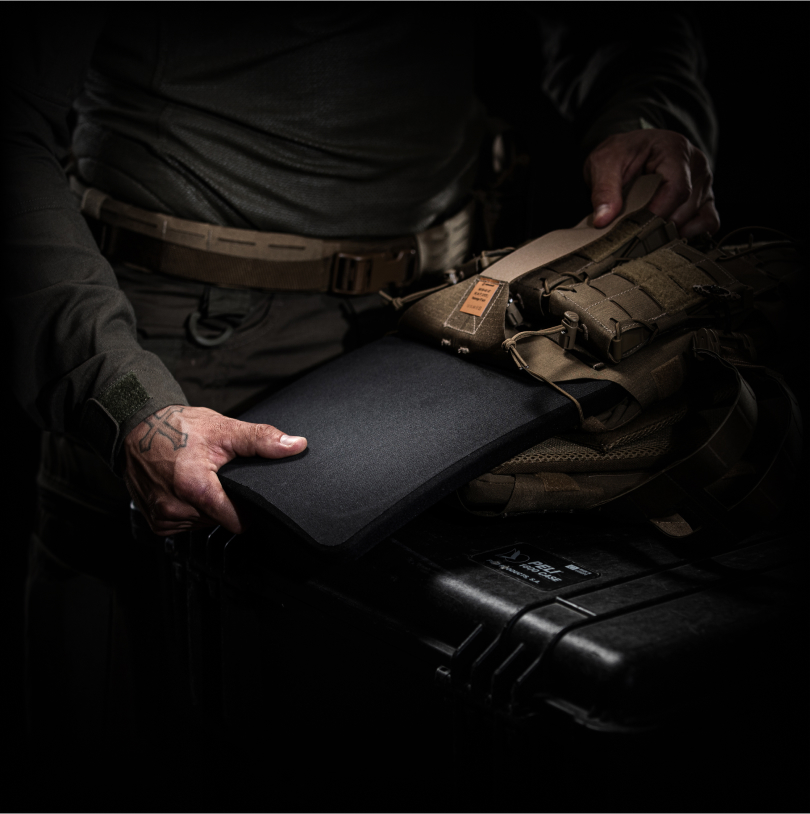
The synthetic fibre revolution: Kevlar, Dyneema and Spectra
In the 1970s, Kevlar revolutionised the world of ballistic protection. Around five times stronger than steel of the same weight, this aramid fibre developed by DuPont possesses extremely high tensile strength while also offering flexibility and heat resistance. Kevlar was the key to creating the first ever soft body armour systems that could stop projectiles from handguns and shrapnel without significantly restricting the wearer’s mobility.
The molecular chains in Kevlar are highly oriented and crystalline, meaning that they are aligned virtually parallel in the longitudinal direction. It is this structure that gives the material its exceptional strength and resilience. When a projectile strikes, the fibres stretch, distribute the energy over a larger area and convert the kinetic energy into heat through friction. A typical Kevlar protective package consists of several layers that reinforce each other upon impact, allowing them to reliably stop handgun ammunition, such as 9 mm or .44 Magnum rounds.
Two other high-performance fibres have since become established in the form of Dyneema and Spectra, both of which are based on ultra-high molecular weight polyethylene (UHMWPE). In contrast to Kevlar, Dyneema and Spectra are much lighter – even floating on water – and offer excellent energy absorption. While Kevlar excels in heat resistance, Dyneema and Spectra boast extremely low weight, a high protective effect and superb flexibility. These properties make them particularly appealing for mobile emergency personnel or applications where every extra gram of weight matters.
The next step: steel and ceramic hard plates
As more severe threats began to emerge, such as rifle ammunition and armour-piercing projectiles, soft protective vests soon reached their limits. The answer came in the form of hard ballistic plates. The first models were made of hardened steel, but although this material was robust and reliable, it was also heavy and inflexible. There was also a risk of spalling: when a projectile struck the steel, dangerous shrapnel could break off and injure the wearer.
In view of this, ceramic plates represented a key development. Materials such as aluminium oxide, silicon carbide or boron carbide offer an extremely hard surface that the projectile destroys on impact. The layers below, often made of Kevlar or UHMWPE, absorb the residual energy and prevent penetration. The ceramic itself breaks in a controlled manner, with the fracture energy also contributing to energy absorption.
This combination of a hard surface and a ductile backing is crucial to ensuring ballistic effectiveness. The hardness, weight and multi-hit resistance vary according to the type of ceramic. Aluminium oxide is inexpensive but heavier, while boron carbide is extremely lightweight but expensive and brittle.
Ultralight and high-performing: polyethylene plates (UHMWPE)
But what if you want to combine the protection offered by a ceramic plate with the weight advantage of a soft vest? This is where ultra-high molecular weight polyethylene (UHMWPE) comes into play. In recent years, this has become one of the most important materials in the field of ballistics. UHMWPE consists of extremely long polymer chains, enabling exceptionally high tensile strength and energy absorption. When a projectile strikes, the energy is distributed along these chains, which slows and stops the projectile. Unlike ceramics, UHMWPE does not splinter, significantly reducing the risk of secondary injuries. At the same time, it is lightweight – a major advantage for emergency personnel who operate under demanding conditions for extended periods.
One disadvantage of UHMWPE is its relatively low temperature resistance. While Kevlar can withstand temperatures of over 400°C, polyethylene begins to melt at around 130°C. Nevertheless, in many scenarios the advantages outweigh the disadvantages. The low weight, high protective effect and good multi-hit resistance of UHMWPE make it the preferred choice for many modern body armour systems. Its full potential is realised when it is combined with ceramic strike faces or used as a backing layer in composite plates.
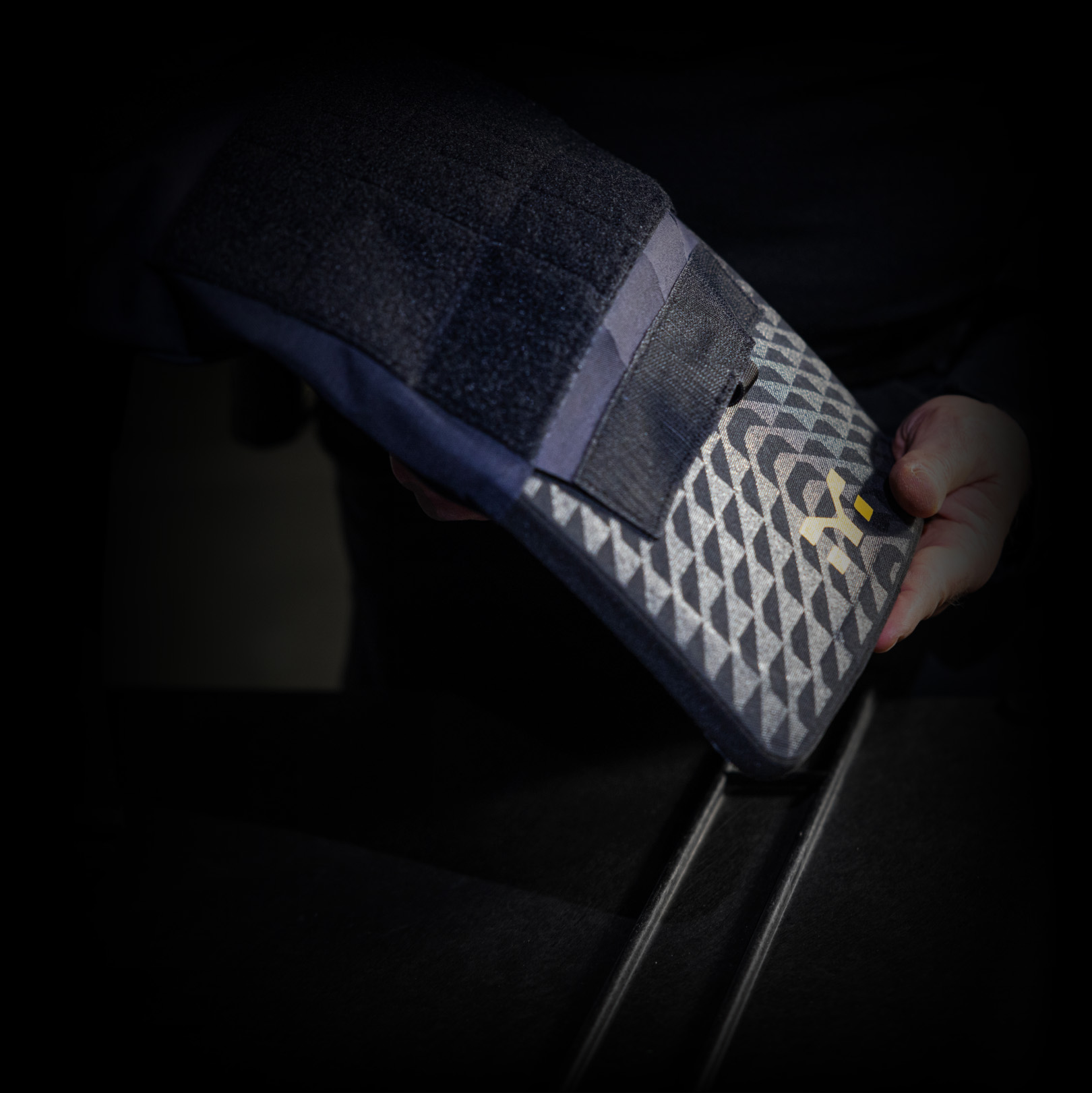
Modern developments: hybrid solutions and smart systems
The future of body armour lies in intelligent combinations of materials. Modern armour systems increasingly rely on hybrid solutions that bring together different materials to achieve the perfect balance of protection, weight and mobility.
The SAPI or ESAPI plates used by NATO armed forces consist of standardised ceramic composite plates with UHMWPE backing layers. 3D-printed body armour systems and intelligent materials that harden on impact are among the new developments indicating the direction of travel. Prototypes incorporating carbon nanotubes and other nanomaterials are already undergoing testing with a view to making the next generation of body armour systems even lighter and more effective.
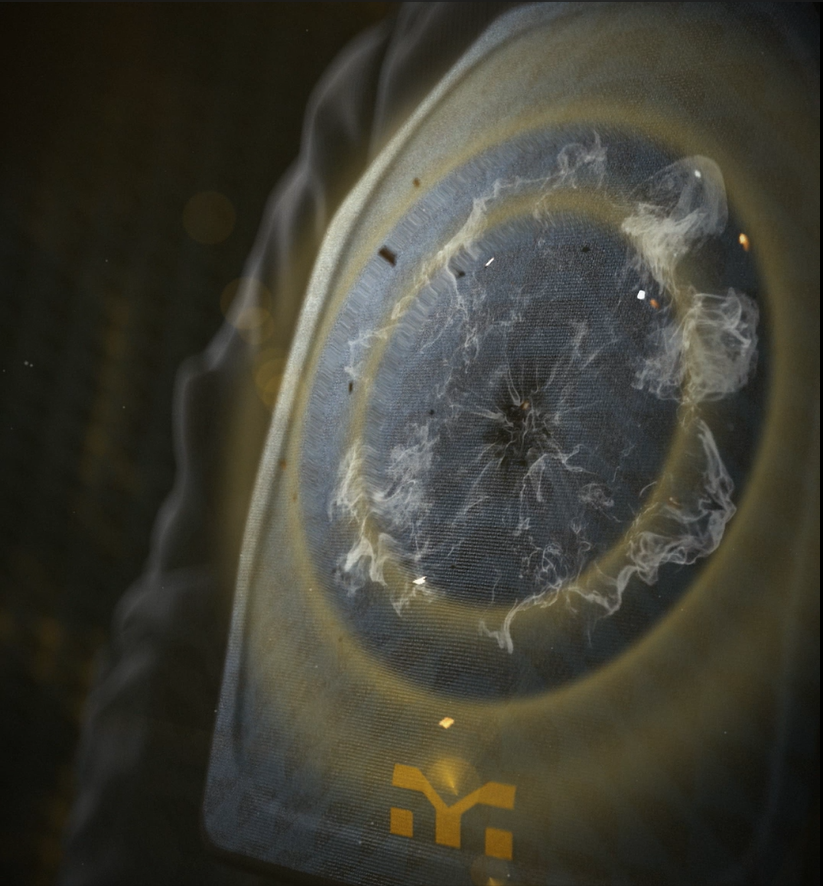
Conclusion: increased protection – reduced weight
The right choice of material depends heavily on the application scenario. Flexible, lightweight vests made of Kevlar, Dyneema or Spectra are often sufficient for use by civilians or the police. By contrast, ceramic composite plates with UHMWPE are used in a military context or by special units to ensure protection against armour-piercing ammunition as well. Together, materials science, engineering and tactical thinking have ushered in a new era of body armour protection with one clear goal: to increase protection while reducing weight and enabling greater adaptability.
